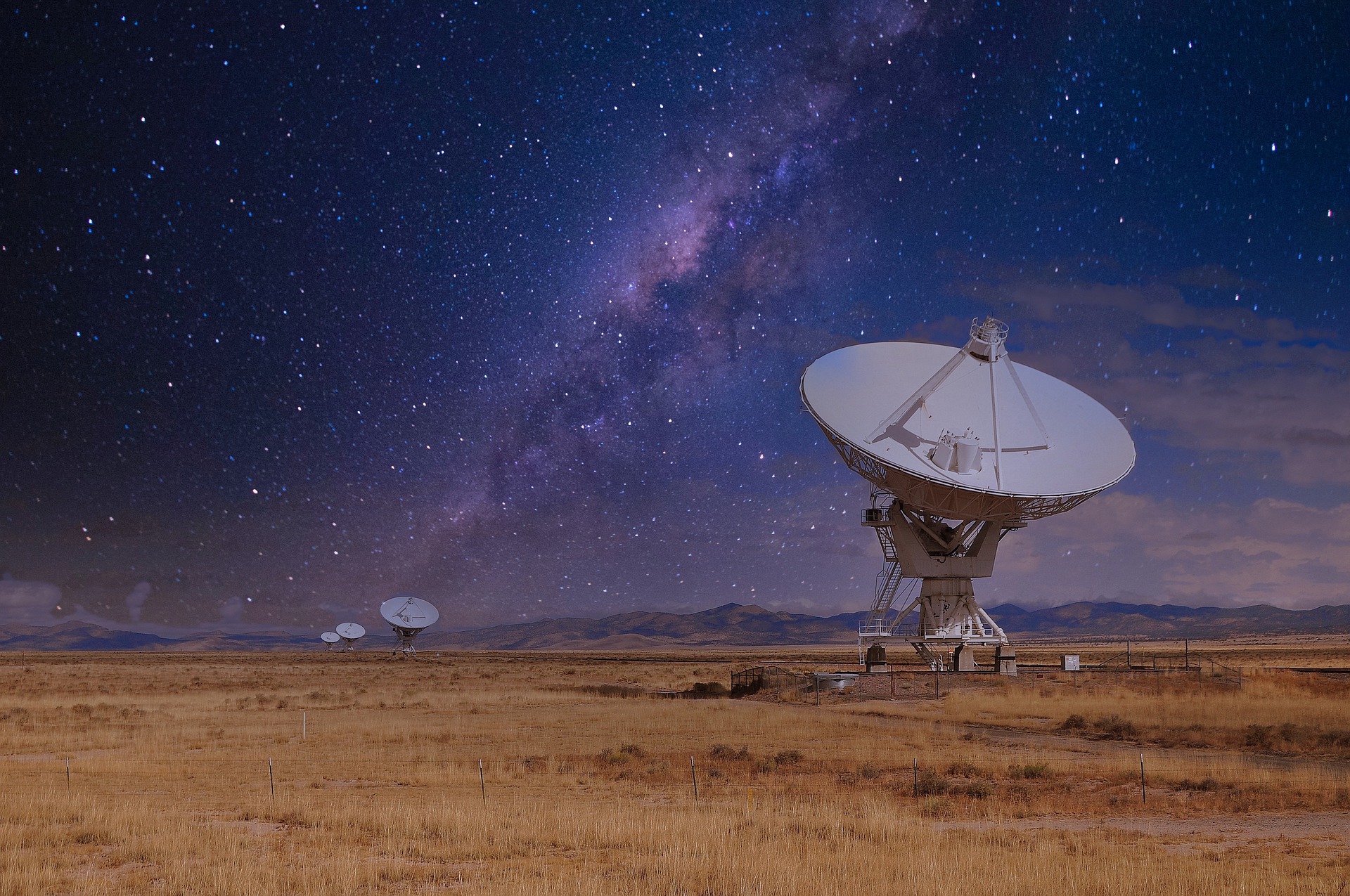News release
From:
Astronomy: Research facilities contribute most to Astronomy’s carbon footprint (N&V) *PRESS BRIEFING*
Space- and ground-based research facilities are the largest contributors to the carbon footprint of astronomical research — with annual greenhouse gas emissions equivalent to at least 1.2 million tonnes of CO2 per year — estimates a paper published in Nature Astronomy. These findings emphasize the need for a more sustainable and slower-paced approach towards developing future observatories and space missions in order to reach the goals of the Paris Agreement.
The climate impact of astronomical research has been discussed in recent years, with the carbon footprint associated with astronomical research activities — such as flights to academic conferences or running supercomputer stimulations — emerging as major sources of carbon emissions.
Following a method developed by the French Agency for Ecological Transition (ADEME) and the French Association Bilan Carbone (ABC), Jürgen Knödlseder and colleagues estimate greenhouse gas emissions for nearly 50 space-based missions and 40 ground-based telescope facilities, based on construction materials, operating costs, electricity usage and, for space or satellite missions, launch mass. The authors reveal that worldwide active astronomical research facilities have a total carbon footprint equivalent to approximately 20.3 million tonnes of CO2, and annual emissions equivalent to around 1.2 million tonnes of CO2. This annual figure is approximately five times larger than estimates for work-related flying, with space-based missions responsible for at least a third of total emissions. The team estimate that facilities such as the James Webb Space Telescope and the Square Kilometer Array will each be responsible for the equivalent of at least 300,000 tonnes of CO2. These figures reflect the largest footprints for facilities estimated in this study.
The authors note that they adopted an uncertainty rate of 80% for the carbon footprint estimate of individual facilities throughout the study, as recommended by the ADEME. In an associated News & Views article, Andrew Wilson comments that “the results should instead be seen as a preliminary estimate,” however, “given the absence of more relevant process-based data, the reported results offer an insight and contribution to knowledge that acts as a great starting point for more detailed analyses.”
The authors conclude that a slower pace of astronomical infrastructure construction is key for future sustainability, alongside a community movement for slower science, such as exploiting data archives in preference to acquiring new data or reducing publication pressure.
**Please note that an online press briefing for the paper below will take place UNDER STRICT EMBARGO on Thursday 17 March at 3pm London time (GMT) / 11am US Eastern Time**
Authors Jürgen Knödlseder, Annie Hughes and Luigi Tibaldo will discuss the research. This will be followed by a Q&A session.
To attend this briefing you will need to pre-register by following the link here. Once you are registered, you will receive an email containing the details for the briefing. You will also be provided with the option to save the details of the briefing to your calendar.



 Australia; International
Australia; International


